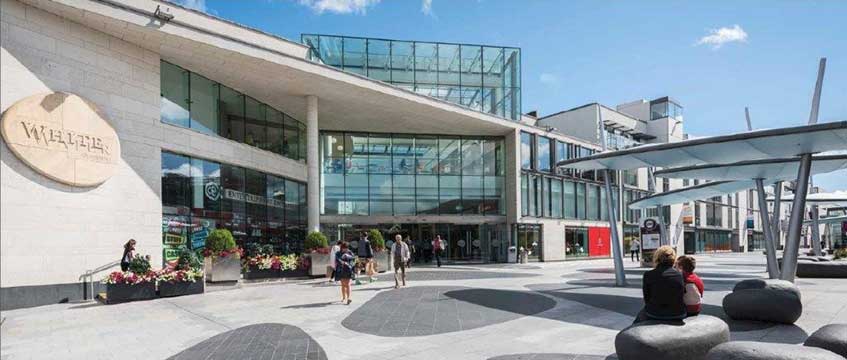Investment in town centre regeneration projects is dwindling, according to new research, amplifying calls from the industry for a more unified approach between the public and private sectors.
Findings from Lambert Smith Hampton and Revo, shared with EG, showed that some 40% of retail professionals aimed to plan, fund or develop new town centre regeneration schemes over the next five years. This proportion has fallen slightly from 41% last year, and more significantly from 53% in 2019.
Of those seeking to invest in projects, 60% planned to spend up to £10m. Public sector specialists were set to spend more than their private sector counterparts, with a similar percentage expecting to invest more than £10m per year over the next five years.
A 62% majority of private sector professionals was seeking to invest less than £5m per annum.
Nearly half (46%) of private sector specialists and 11% from the public sector had no plans to fund or develop new town centre regeneration schemes over the next five years. The report found this has stayed broadly static on 2020.
Meanwhile, 62% of retail experts identified that, on average, between 20% and 39% of current town centre retail space needs to be repurposed or redeveloped.
Co-working tops investor wish lists
Business rates were highlighted by 54% of retail experts as the biggest challenge facing high streets and town centres over the next five years. This was closely followed by the shift to online shopping (52%).
Sector-wise, co-working was the most desirable asset class for prospective town centre investors (42%). This was followed by high street retail (35%) and cultural and creative uses (35%), both ranking ahead of private residential (34%) and rental housing (30%).
Elsewhere, food and beverage uses were rated by a 71% majority of retail experts as the “critical” component for successful town centres.
The report also showed that a 41% majority believed that all parties, including local government, private investors and local communities, should lead on town centre regeneration.
Going forward, Steve Norris, national head of planning, development and regeneration at LSH, has called for a “more joined-up approach” from public and private sectors when it comes to financing initiatives, with a “focus on patient funds that take a longer-term perspective”.
Avoid withering on the vine
Researchers added that “nothing will be achieved without investment”. The report stated: “Today, retail property is still viewed as high-risk. As a result, there has been an increase in investment in other asset types over recent years, especially the industrial and logistics sectors.
“This explains, in part, why councils and the government have taken more of a lead role in the recovery and regeneration of our towns and high streets – from the purchase of shopping centre assets in some cases to the delivery of critical regeneration and infrastructure projects. But this model isn’t sustainable over the long term.
“It is important that we find alternative, more creative and more patient approaches to the investment in and regeneration of our towns and high streets over the long term. This will require a more equitable approach to public-private partnerships and investment.”
The report warned that if the industry fails to deliver critical regeneration and infrastructure projects, there is “a real danger” that some centres will “‘wither on the vine’ before the decade is out”.
To send feedback, e-mail evelina.grecenko@eg.co.uk or tweet @Gre_Eve or @EGPropertyNews











